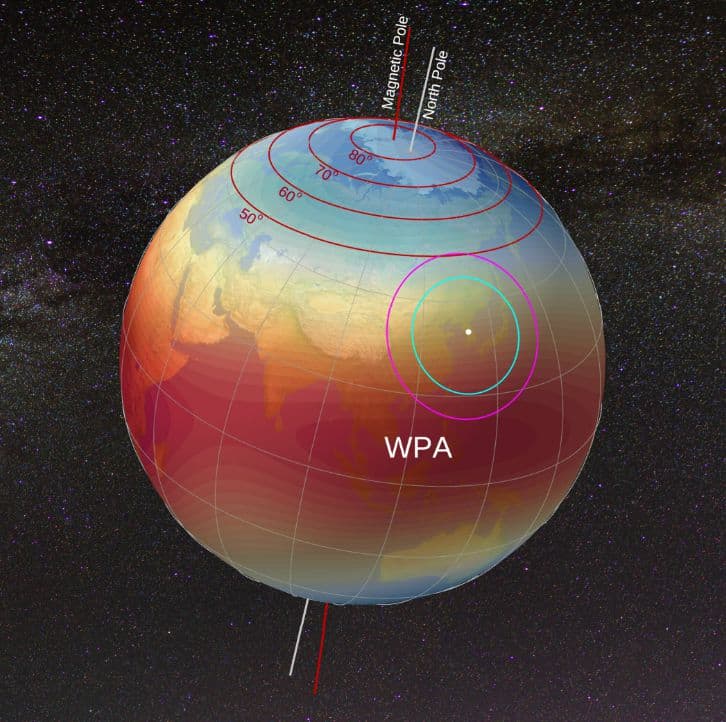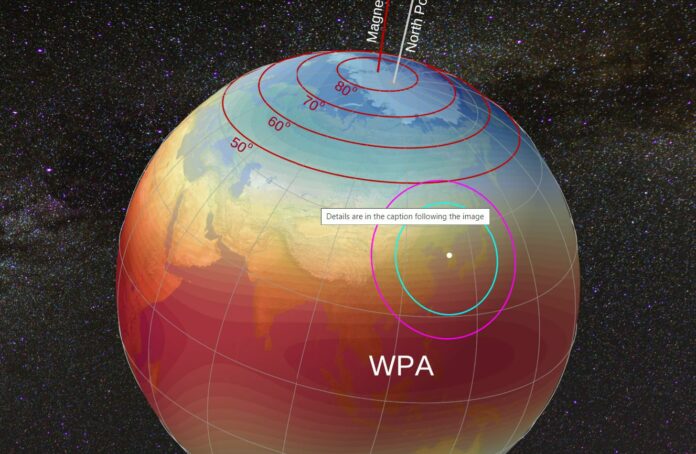Solar Cycle Surprise: This unknown phenomenon took place over 300 years ago during the enigmatic period in solar history known as the “Maunder Minimum.”
A remarkable discovery within ancient Korean royal records reveals an unprecedented irregularity in the sun’s solar cycles during the ‘Maunder Minimum’ spanning 1645 to 1715.
This previously undisclosed peculiarity, occurring over 300 years ago during the enigmatic ‘Maunder Minimum,’ has astounded scientists and historians alike.
The sun, an ever-changing celestial body, oscillates between periods of heightened activity known as ‘solar maximum,’ when solar storms intensify, and phases of reduced activity called ‘solar minimum,’ during which solar storms nearly vanish.
Currently, the sun completes a solar cycle, from minimum to maximum and back, in approximately 11 years. Tracking the sun’s journey through this cycle involves counting sunspots on its surface, which proliferate in the lead-up to and during solar maximum.
However, as the sun’s behavior fluctuates within individual cycles, historical sunspot records unveil broader, longer-term variations in the overall output of solar cycles spanning decades or even centuries.
The ‘Maunder Minimum,’ sometimes referred to as the ‘Grand Solar Minimum,’ marked a period of remarkably reduced solar activity from 1645 to 1715, characterized by the virtual disappearance of sunspots. Scott McIntosh, a solar physicist at the National Center for Atmospheric Research in Colorado, remarked that this epoch was a time when the sun’s output diminished significantly. This reduction in solar activity coincided with a notable drop in average global temperatures, a phenomenon often referred to as a ‘mini ice age,’ although it may also have been linked to elevated volcanic activity.
While historical sunspot records offer insights into the ‘Maunder Minimum,’ much about this period remains a mystery.
A groundbreaking study, published on October 3 in the journal ‘AGU Advances,’ delves into historic auroral records from Korea. This research reveals that during the ‘Maunder Minimum,’ solar cycles averaged just eight years in duration, three years shorter than modern cycles.
These aurora records originate from three distinct books, or chronicles, commissioned by Korean kings. These chronicles contained detailed daily accounts of royal activities, state affairs, weather conditions, and astronomical phenomena spanning the Korean Peninsula from 918 to 1910, as detailed in a 2021 study.
The astronomical sections of these chronicles frequently reference ‘red vapors’ or ‘vapors like firelight.’ Researchers believe these descriptions point to the ‘West Pacific Anomaly’ (WPA), an area above Korea that regularly produces red auroras, despite its considerable distance from the magnetic poles. Unlike other auroras of the time, these phenomena persisted despite reduced solar activity, thanks to the thinner Earth’s magnetic field in the region. Consequently, they offer valuable insights into solar cycle progression, as detailed in the study.

Analysis of the dates of these auroras indicates an eight-year solar radiation cycle originating from the sun.
The exact cause of long-term solar cycle trends, such as the ‘Maunder Minimum,’ remains a mystery. McIntosh noted that numerous factors could influence solar activity over extended periods, adding that the reasons behind the shortening of solar cycles during that era remain unclear. Nevertheless, these newfound revelations hold the potential to offer essential clues for a deeper understanding of this enigmatic epoch.
In recent solar cycles, there has been a slight decline in solar activity and minor fluctuations in cycle length. These observations prompted some experts to anticipate the dawn of a new era characterized by reduced solar activity.
However, the current solar cycle, marked by vigorous activity and a rapid approach toward solar maximum, challenges this notion, suggesting that the sun still holds many secrets yet to be unveiled.
Image Credit: iStock
